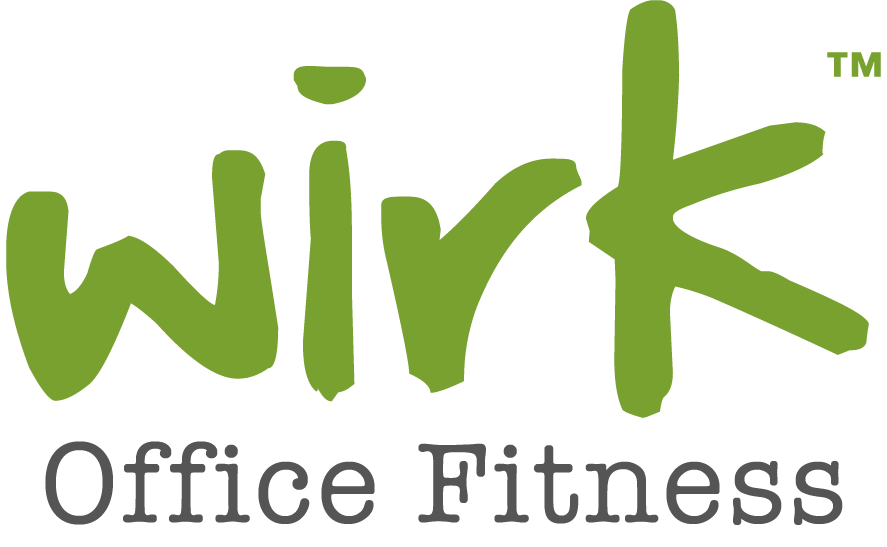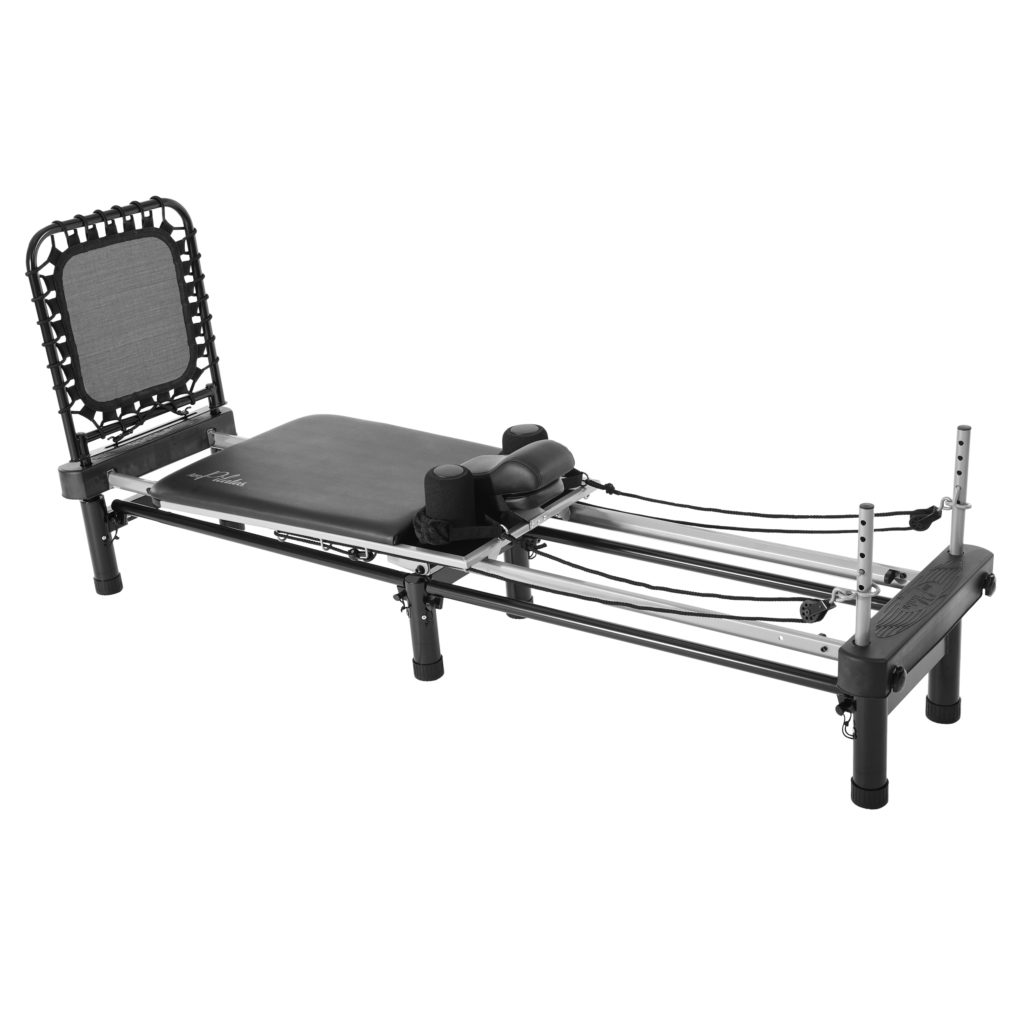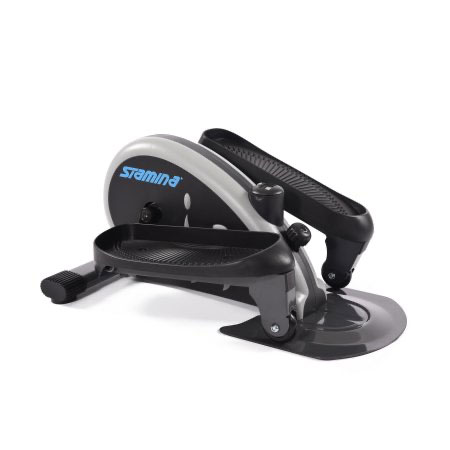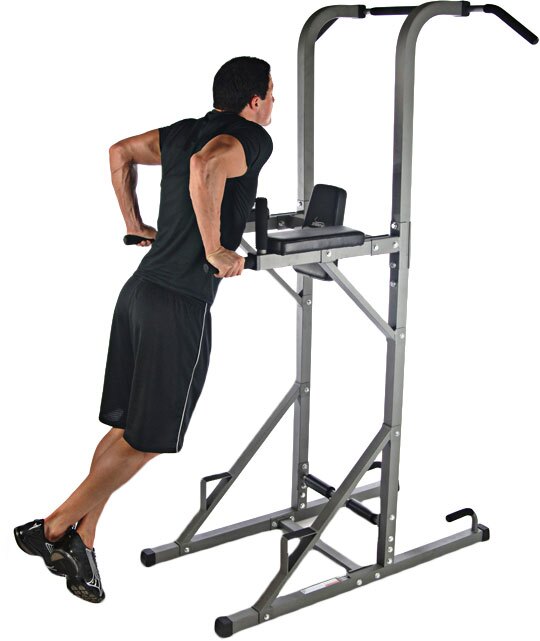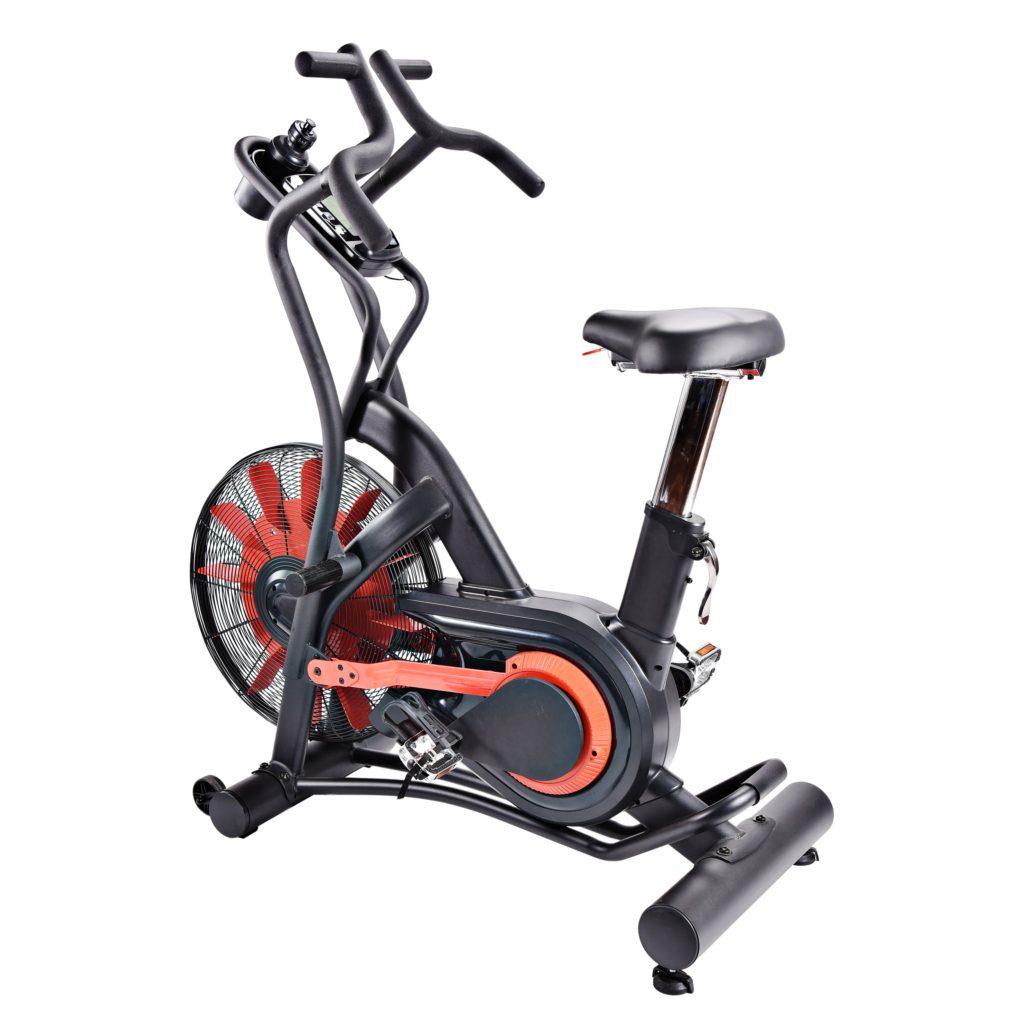Rolling for Recovery: How to Use a Foam Roller
Are your muscles tight after tough workouts? Do you have knots from sitting at a computer all day? You don’t have to be a professional athlete to reap the benefits of a foam roller. Foam rolling is a self-myofascial release (SMR) technique that can help break up muscle tension. You can use a foam roller before exercise, after a workout or as a break from sitting.
Roll through this blog for more information on foam rolling benefits and exercises.
What Causes Muscle Discomfort?
When we work out, we take our muscles through more stress than they are used to, which creates microscopic tears. That’s why we feel sore the days after we push ourselves to the next level by adding more weight, going another mile or choosing a new routine. Delayed onset muscle soreness (DOMS) results as our muscles repair these tears and get stronger.
Our fascia can also cause discomfort. Fascia is a smooth, connective tissue that surrounds our muscles and organs. Regular movement keeps our fascia healthy and relaxed. Repetitive movements, like those done during exercise, can make fascia crinkle and tighten around muscles. Tight fascia may cause soreness and muscle knots.
Why Roll? Foam Rolling Benefits
Foam rolling is a type of self-massage that can reduce muscle discomfort and target trouble spots caused by tight fascia. Adding foam rolling to your routine can aid in muscle recovery or help you relax after a long day.
The benefits of foam rolling include:
- Relief from muscle tightness. Foam rolling massages muscles and loosens fascia to relieve tightness and release knots.
- Less soreness. A small study found that foam rolling immediately after exercise and over the following days decreased delayed-onset muscle soreness. Eight men performed repetitive sets of back squats without using a foam roller post-exercise. The men performed the same exercises four weeks later—this time, immediately using a foam roller post-workout. Foam rolling decreased the participants’ muscle tenderness in the days after the workout.
- Increased range of motion. Foam rolling can help improve your flexibility. A 2015 study compared the effects of static stretching and foam rolling in 11 adolescent athletes. Range of motion increased the most for the participants who performed both static stretching and foam rolling.
- Improved blood flow. Your blood carries nutrients to your tissues and removes wastes. Foam rolling helps get your blood flowing, bringing needed fluids to tightened fascia and circulating oxygen throughout your body.
- Relaxation. Foam rolling isn’t just a form of recovery. It is also a form of self-care. Researchers haven’t found a correlation between foam rolling and reduced stress levels; however, many find that taking time to slow down and work tightness away is restorative.
Tips on How to Foam Roll Properly
New to foam rolling? It’s important to know how to use a foam roller, so you don’t end up injuring yourself. You should not use a foam roller on injured muscles, joints or tissues.
If you’ve just started foam rolling, note that it may be uncomfortable at first. You may be sore after using a foam roller. Sometimes foam rolling can hurt, but it should never really be painful. Extreme pain that makes you grimace means you aren’t rolling correctly.
Keep these things in mind as you use a foam roller:
- Pressure. Foam rolling uses your body weight. You have full control of the pressure you use. Start with lighter pressure and work your way up if you’re just beginning or an area seems extra tender.
- Speed. Unlike your cardio workout, foam rolling is not a high-speed endeavor. You should move slowly over the roller. Slow and steady ensures you engage your tissues, identify tender spots and avoid injury.
- Direction. Your foam rolling routine is not a one-way street. After you roll down your leg or upper back, remember to roll back up.
- Separation. Don’t roll over your joints. Doing so could hyperextend them. Instead, think about your body in terms of sections. Want to roll out your legs? Do your hamstrings first, then calves—skipping the knees entirely.
- Technique. Use your foam roller indirectly to move around and near tender spots. Work your way closer and closer before rolling over these spots. Then, hold the area for a few seconds.
Foam Roller Exercises
You can use a foam roller on your adductors, lats, hamstrings and more. All you need is a foam roller and some open floor space to get started. An exercise mat can help you if you need a bit more control. Let’s walk through some foam roller exercises and stretches.
Upper Body Foam Rolling Exercises
Triceps: Shoulder pain? Elbow pain? Try rolling out your triceps! Place the foam roller on a surface that will give you leverage, like a bench or dining table, and position the back of your arm on the roller—right above your elbow. Rock your arm side to side.
Biceps: Put the roller on a higher surface, and position your bicep on the roller above the inside of your elbow. Rock side to side. You can move the roller farther up your bicep and repeat. Bicep rolling can help relieve shoulder and elbow pain.
Deltoids: Position the foam roller under one shoulder while lying on your side. Roll slowly over your deltoid in an up and down motion. Repeat on the other side.
Foam Roller Back Stretches
Upper back: Poor posture can create tension in your upper back. Place the foam roller horizontally behind your shoulders. Put your hands behind your head or across your chest—whatever is comfortable. Use your feet to move over the roller slowly. Stop when you meet the bottom of your rib cage, and roll back up to your shoulders.
Lats: Is your back tight? Use a foam roller to loosen up your lats. Start by lying on your side and placing the foam roller under your lat. As you roll, stay between your armpit and mid-back. Repeat on the other side.
Foam Roller Exercises for Legs
Hamstrings: Sit on the floor with the roller under your hamstrings and hands on the floor behind you. Rest your weight on the roller. Use your arms to guide your body over the roller, moving between your glutes and knees.
Calves: Tight calves? If you’ve been standing, sitting or walking in heels for too long try rolling out your calves. Sit upright and place the foam roller under your calves horizontally. Using your arms to push yourself, move up and down the roller.
Quads: Start in plank position with your forearms on the ground. Place the roller under your upper quads and roll until just before the knee. Once you move down the muscle, move back up until you meet your hip flexors.
Ready to roll?
Try our Evo Roller. The Evo Roller is an evolutionary foam roller with adjustable, twist-and-lock focus points, so you can roll for relaxation or target deep muscle tissue for enhanced recovery.




